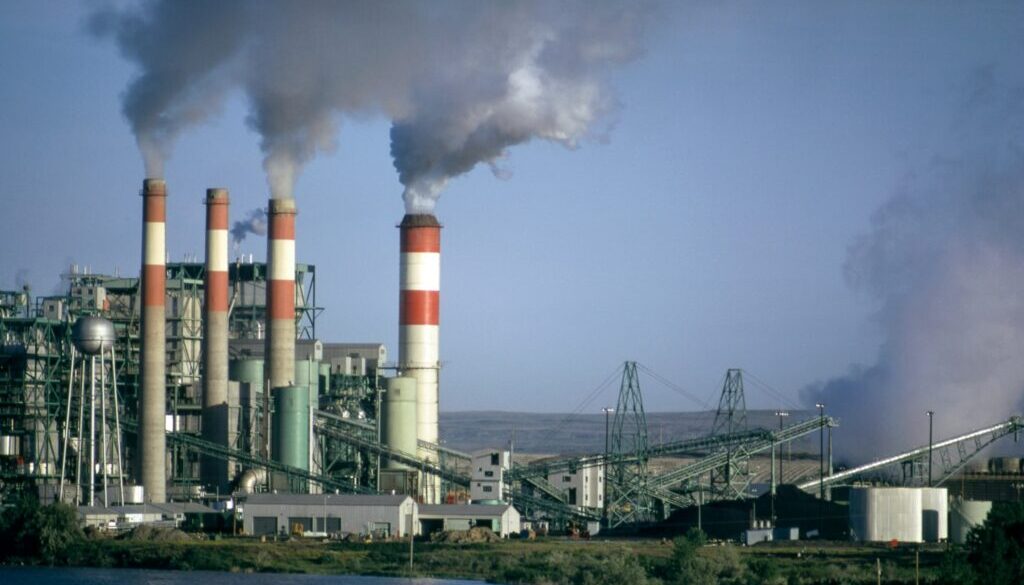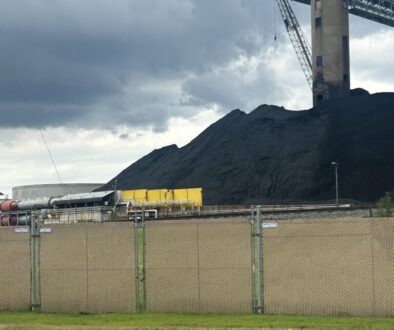Oil and gas industry linked to thousands of yearly US deaths and preterm births, study finds
Listen to the audio version of this article (generated by AI).
Air pollution from oil and gas activities is responsible for an estimated 91,000 deaths and over 10,000 preterm births in the US each year, according to a new study that examined the impacts of the industry through its lifecycle from extraction to refining to burning fuel in power plants.
The study, published August 22 in the journal Science Advances, also attributes an estimated 216,000 annual incidences of US childhood asthma to air pollutants from fossil fuels, as well as over 1,600 lifetime cancers.
California, Texas, New York, Pennsylvania and New Jersey have the highest total health burden from all stages of oil and gas production and use, according to the study, with racial minorities facing disproportionate exposure to harmful air pollutants that include fine particulate matter, ozone and nitrogen dioxide.
The findings, based on data from 2017, likely underestimate the health toll of the US oil and gas lifecycle, the authors said, given annual production increased by 40% from 2017 to 2023 and consumption increased by about 8%.
“Every day, new peer-reviewed evidence emerges demonstrating the level of harm the petrochemical industry causes,” Heather McTeer Toney, executive director of the nonprofit Beyond Petrochemicals, said in a statement. “Faced with this data, I can’t imagine how a government official at any level could support building more petrochemical plants.”
Previous studies have focused on air pollution from a single stage of the oil and gas lifecycle, a single air pollutant, or a specific region, according to the study authors.
To measure the industry’s national health impact, the researchers combined data from several sources, from US Environmental Protection Agency (EPA)’s National Emission Inventory. The new study is “a solid leap forward” in its effort to determine the industry’s broader health impacts, said Johnathan Buonocore, an air pollution researcher at Boston University. “This paper shows there’s impacts across that whole supply chain that we all should be paying attention to,” he said.
The findings come after the Trump administration launched what the US EPA in March called the “biggest deregulatory action in US history,” with a particular focus on easing regulations “throttling the oil and gas industry.”
Last month, the administration announced plans to rescind the government’s “endangerment finding,” which forms the basis for enforcing limits on greenhouse gas emissions. The administration issued a rule that extends by 18 months deadlines for fossil fuel operations to reduce their emissions of methane and volatile organic compounds.
The Environmental Defense Fund, the Center for Biological Diversity and other nonprofits this week filed a motion asking a federal court to stop the move to delay these limits on pollution from oil and gas operations.
“Rather than hold Big Oil accountable for its pollution, the Trump administration is forcing people to breathe dangerous chemicals and suffer the harms of an overheating climate,” Maggie Coulter, an attorney at the Center for Biological Diversity’s Climate Law Institute, said in a statement.
Even as the federal government moves to roll back and delay air pollution protections, states still have the option to implement their own stricter regulations, including more stringent permitting requirements and pollution control rules, said Buonocore.
“Power plants, any of those kinds of things, these are things that the state has some say over ….,” he said. “States have the ability to set their own regulations that go above and beyond the federal floor.”
Buonocore and colleagues concluded in a 2023 study that oil and gas production is responsible for $77 billion in annual health costs – about three times the cost of climate impacts from the industry’s methane emissions. The industry impacted health in cities with little or no oil and gas activity, including Washington, DC, New York City and Chicago, according to the study.
Over half of US counties lack a single federally-monitored air quality station, with more than 50 million Americans living in “air quality monitoring deserts,” according to a study published in April.
(Featured image by Documerica on Unsplash.)




